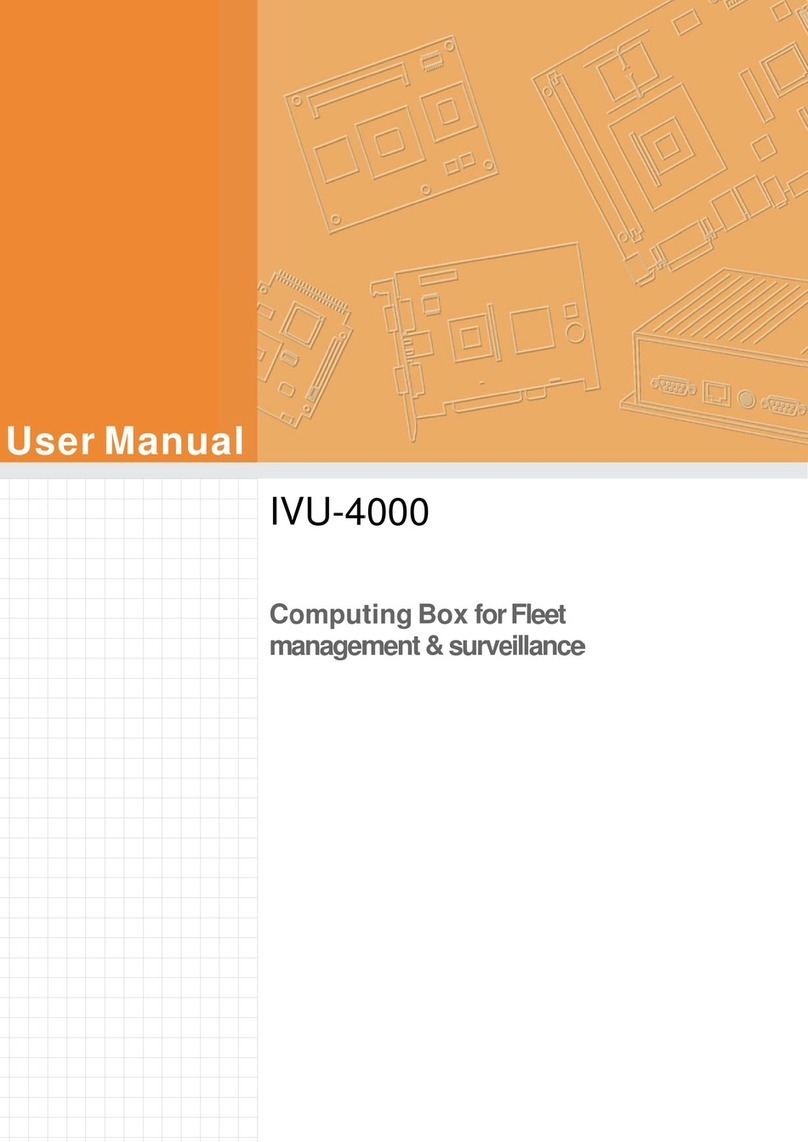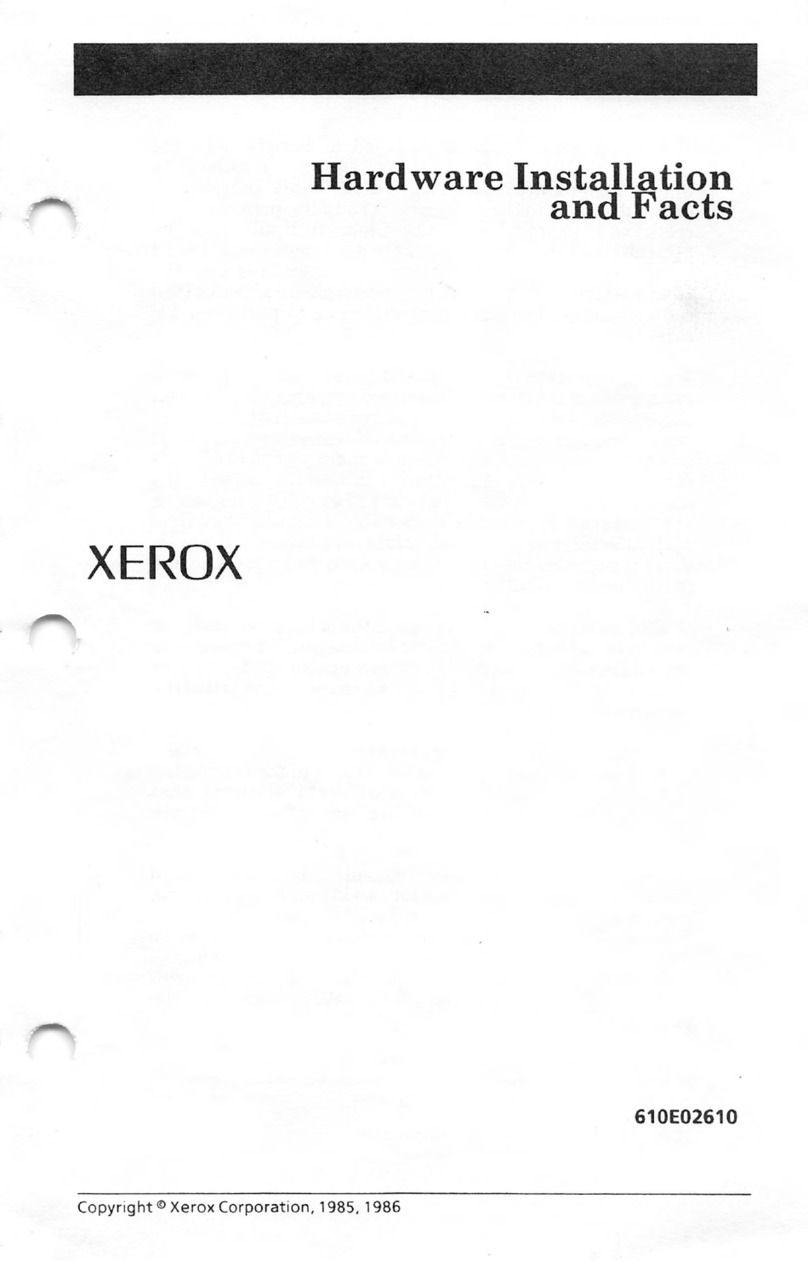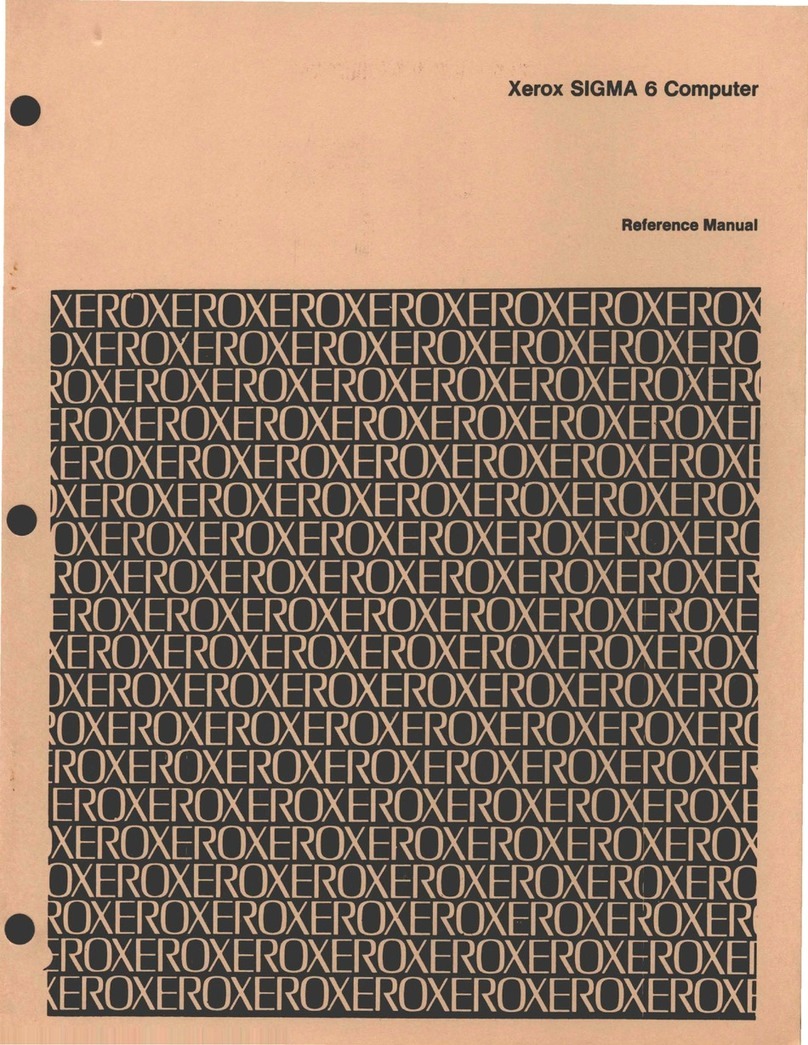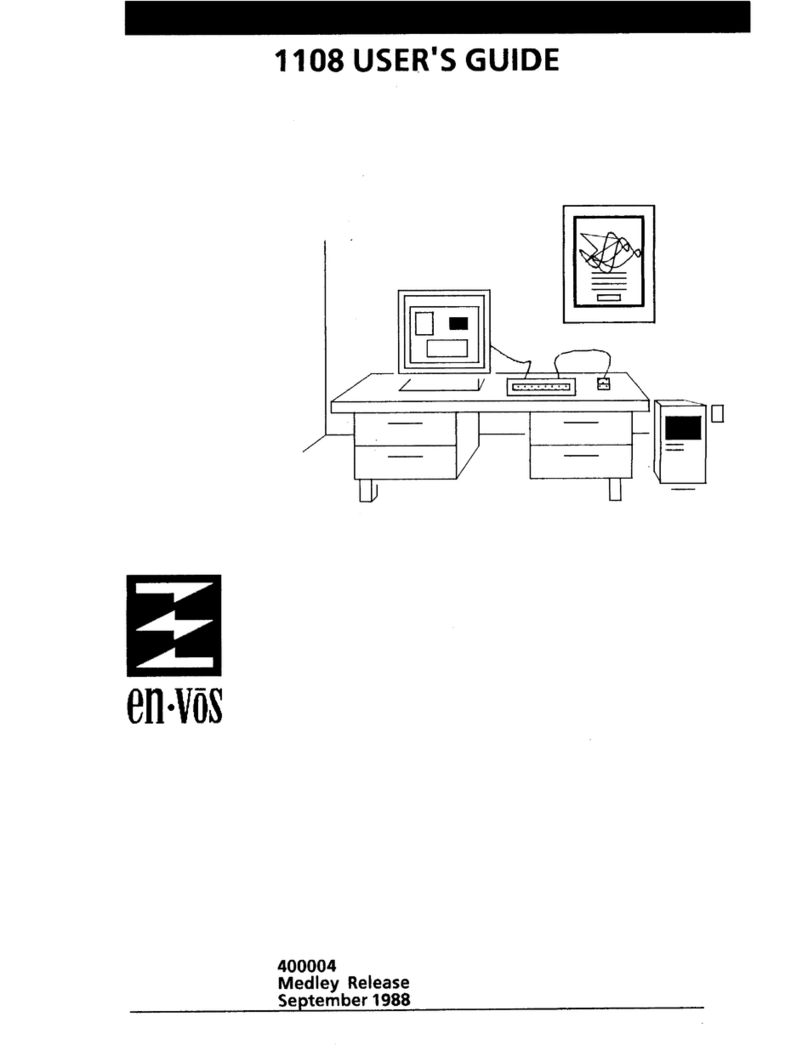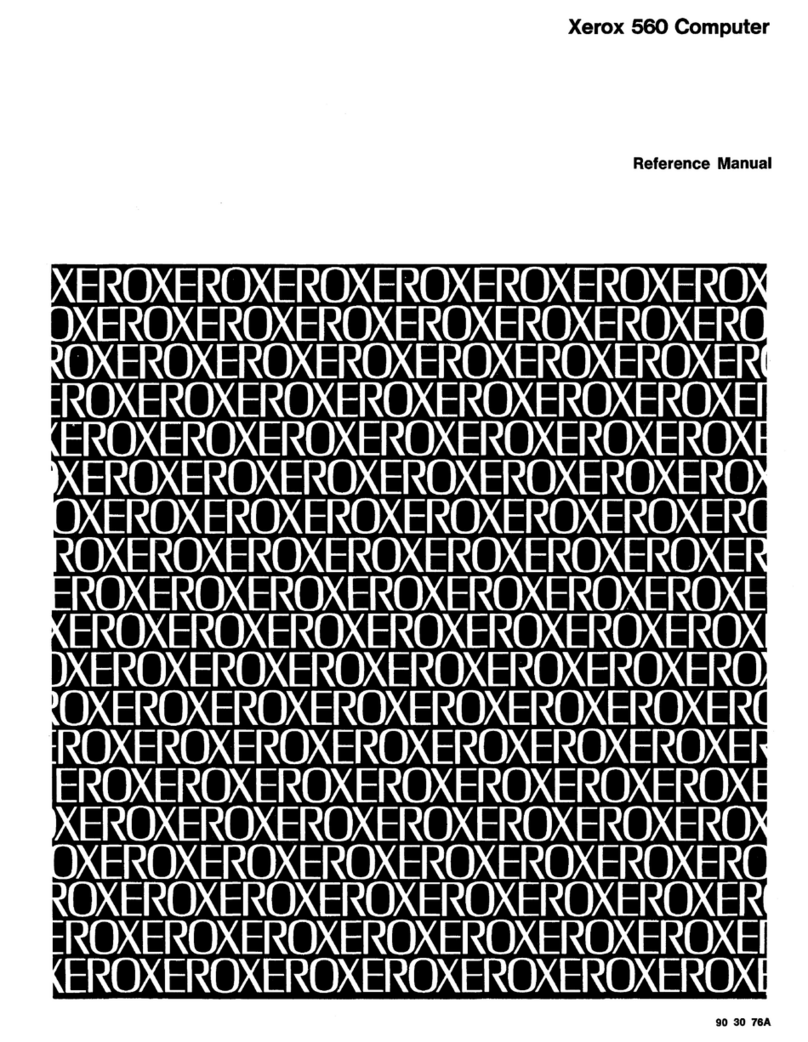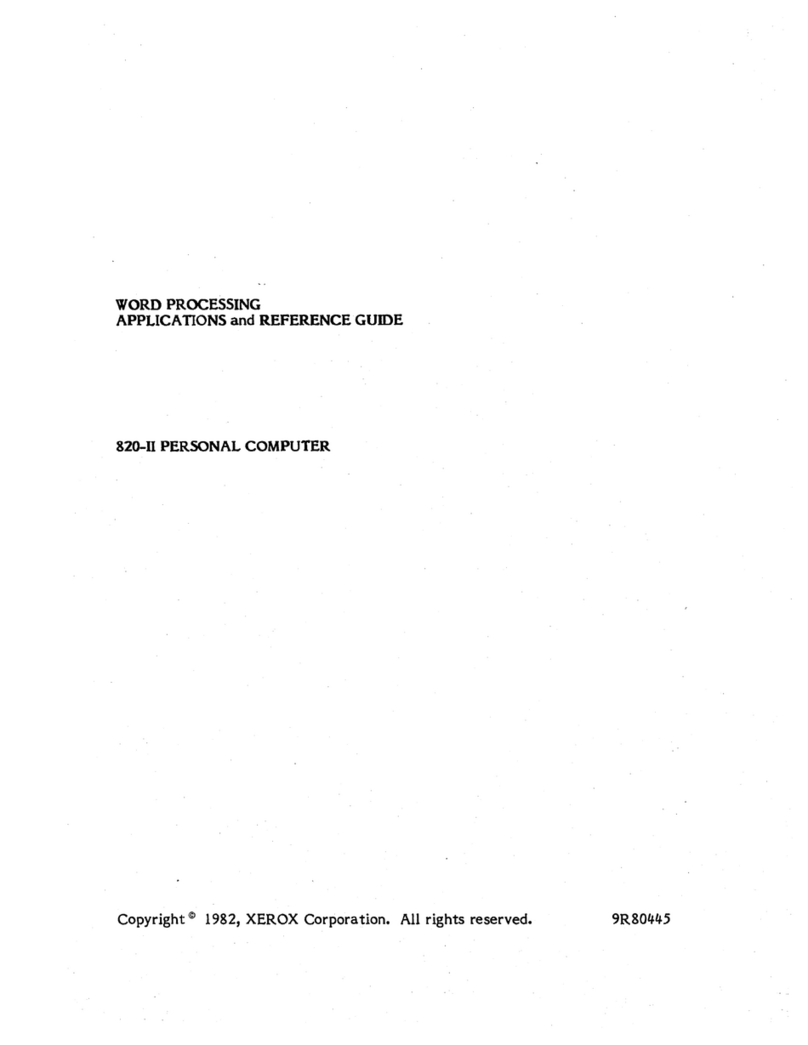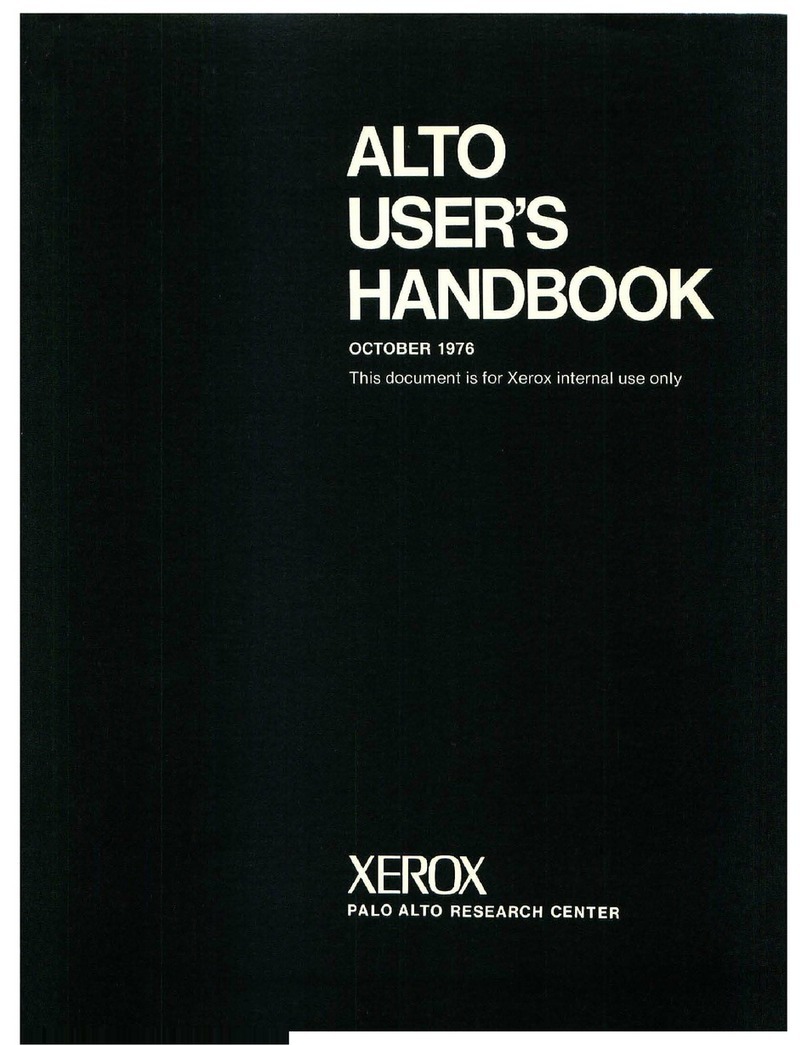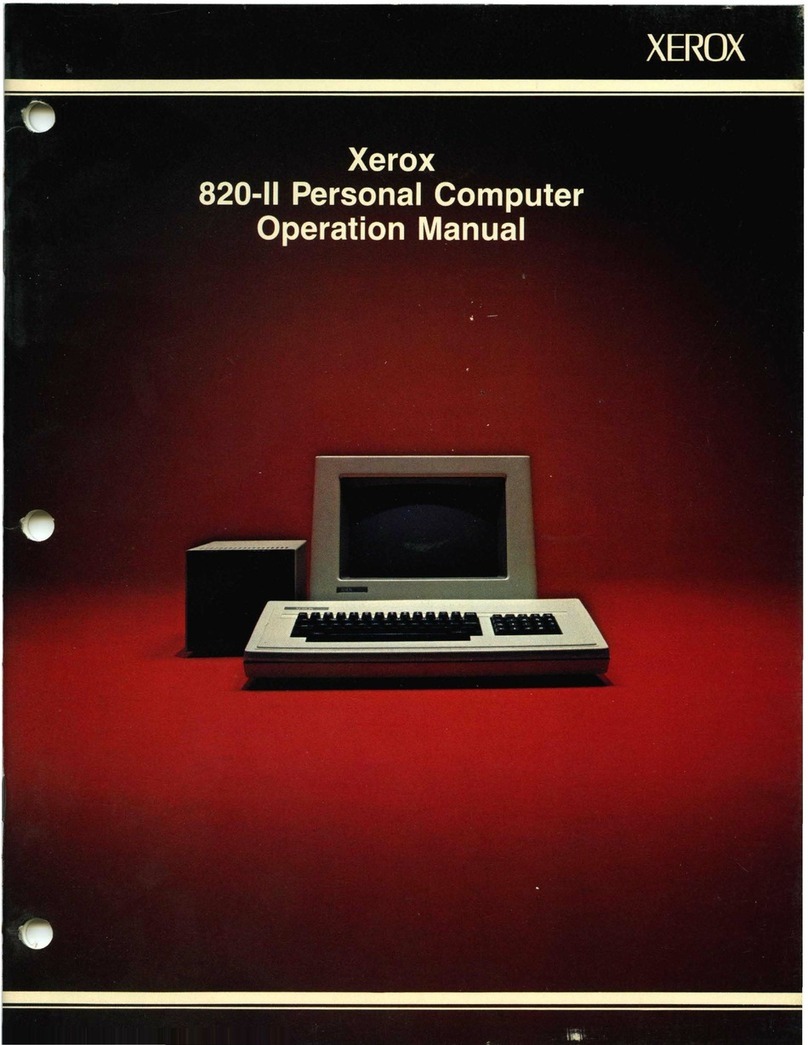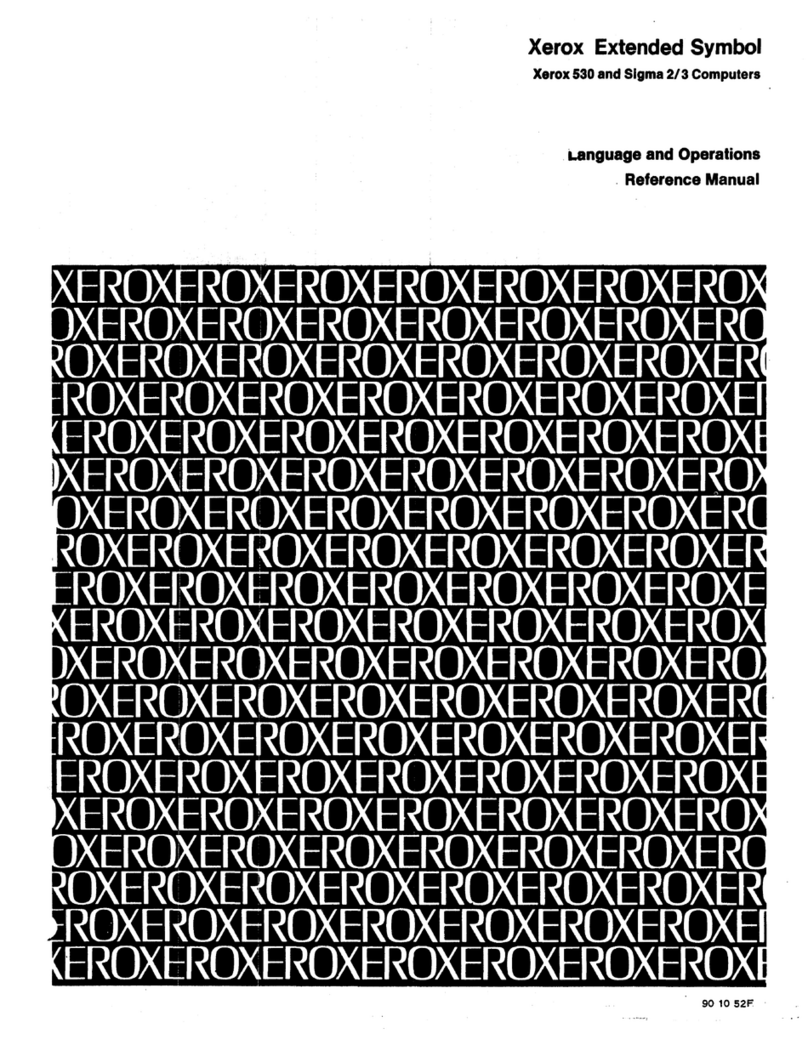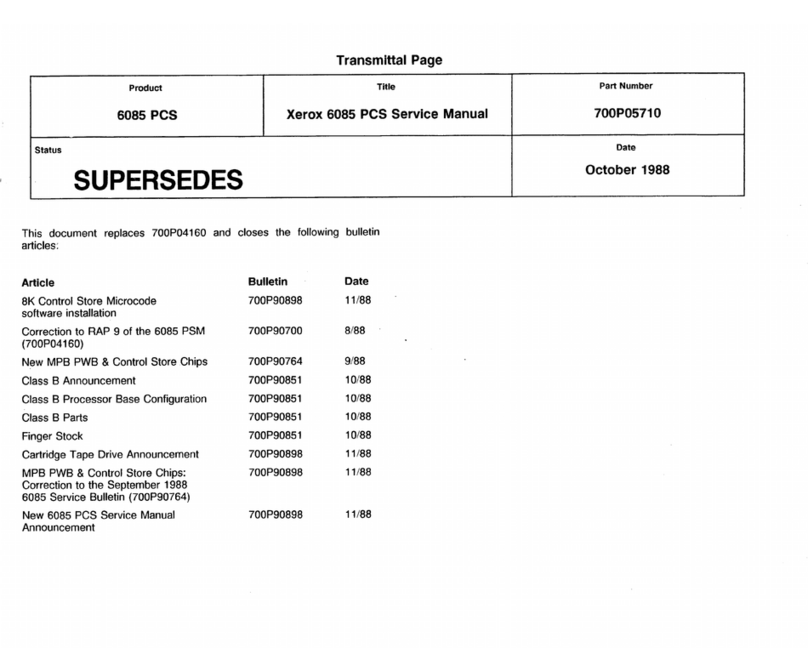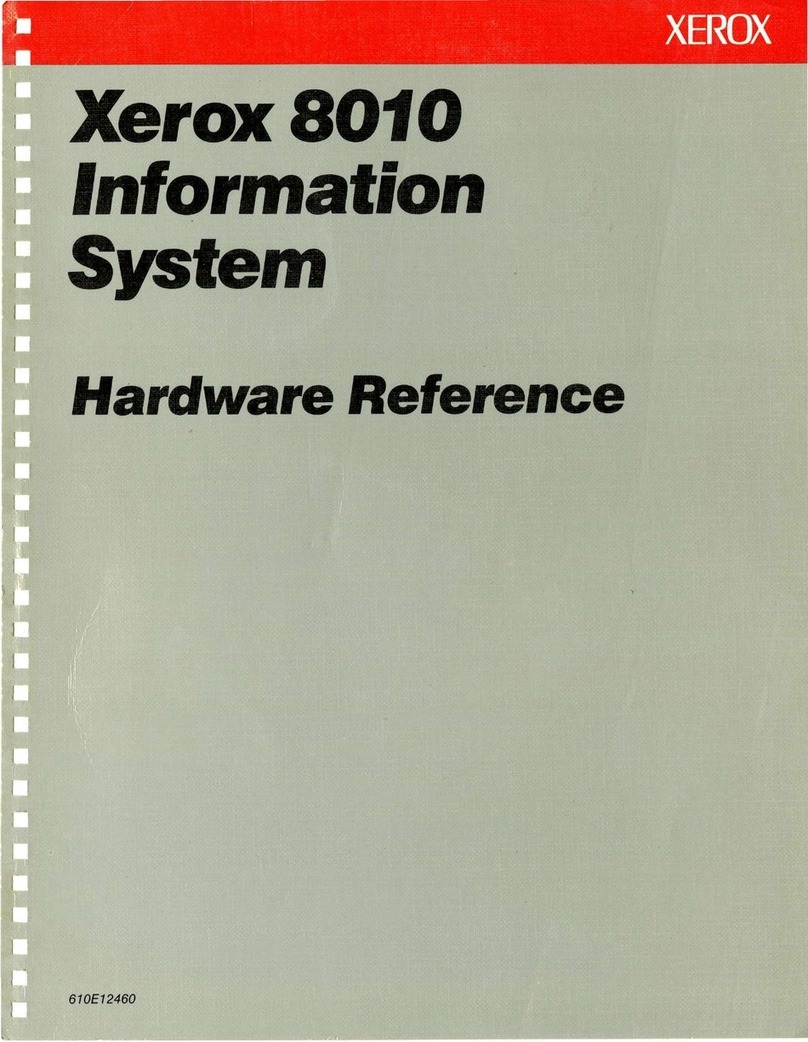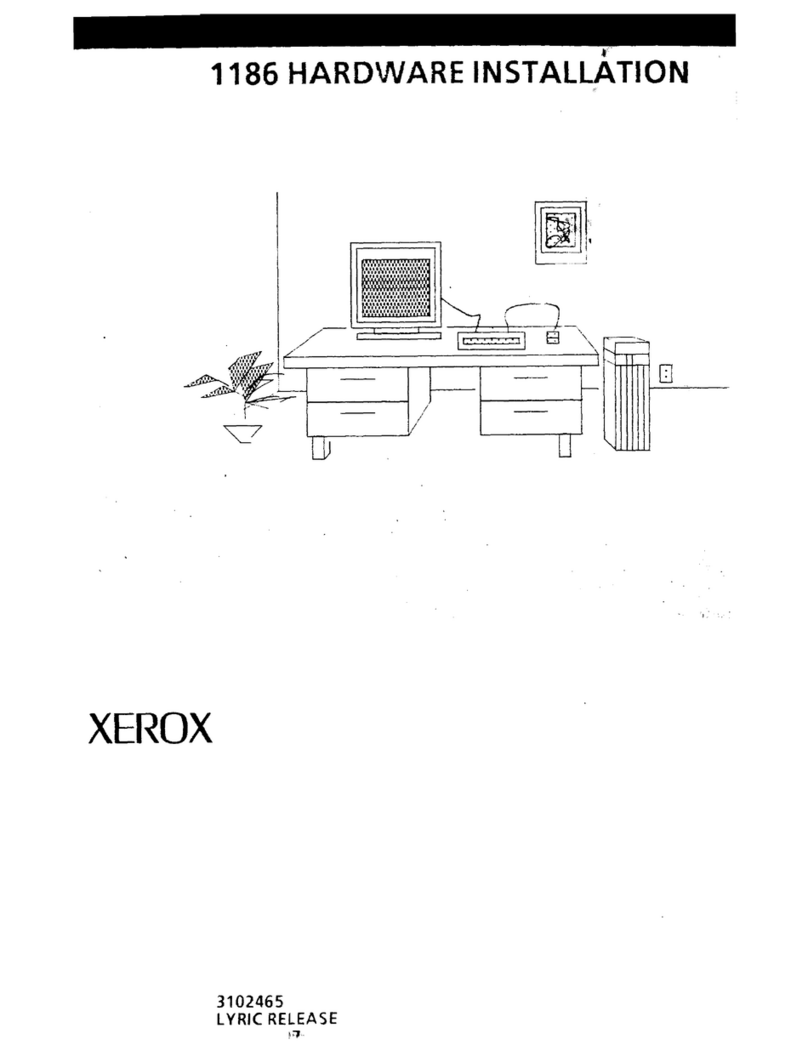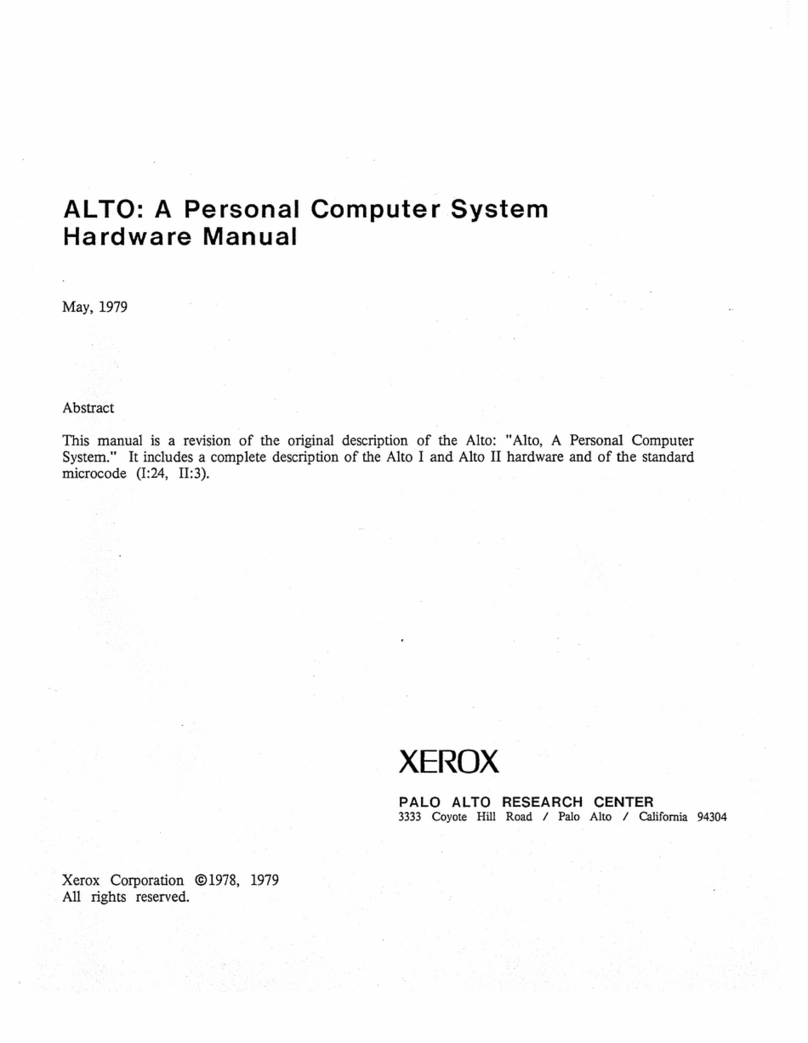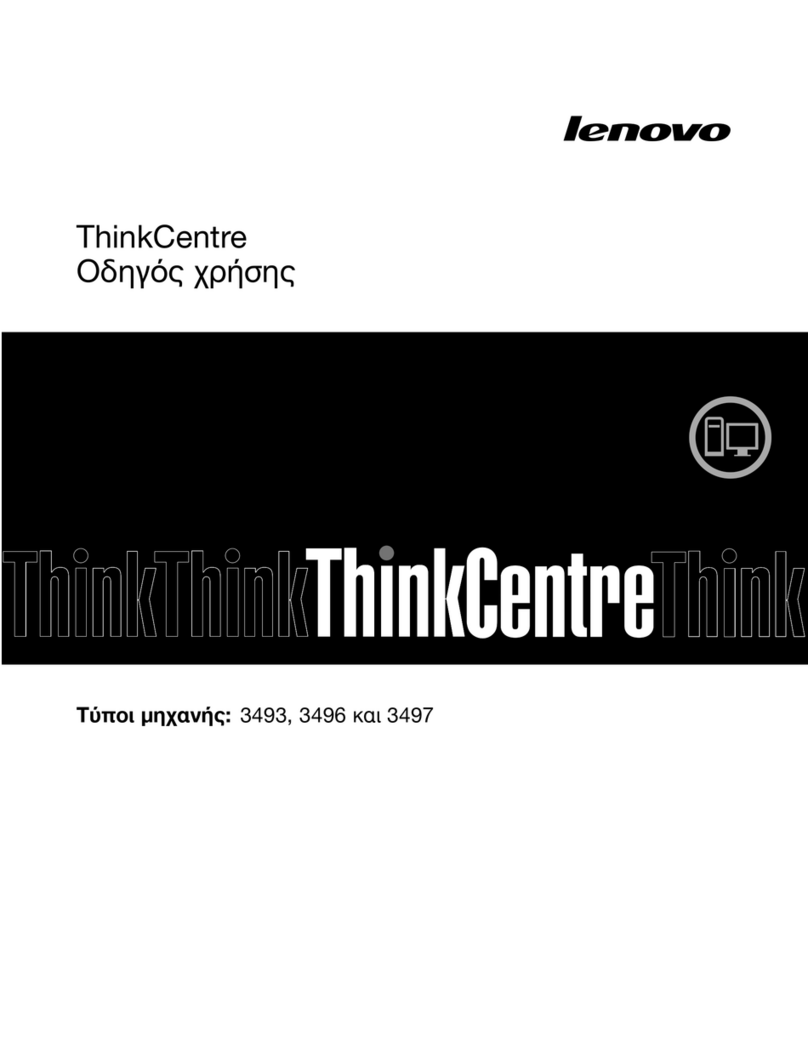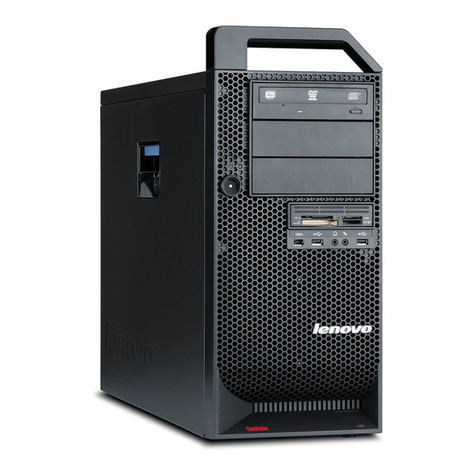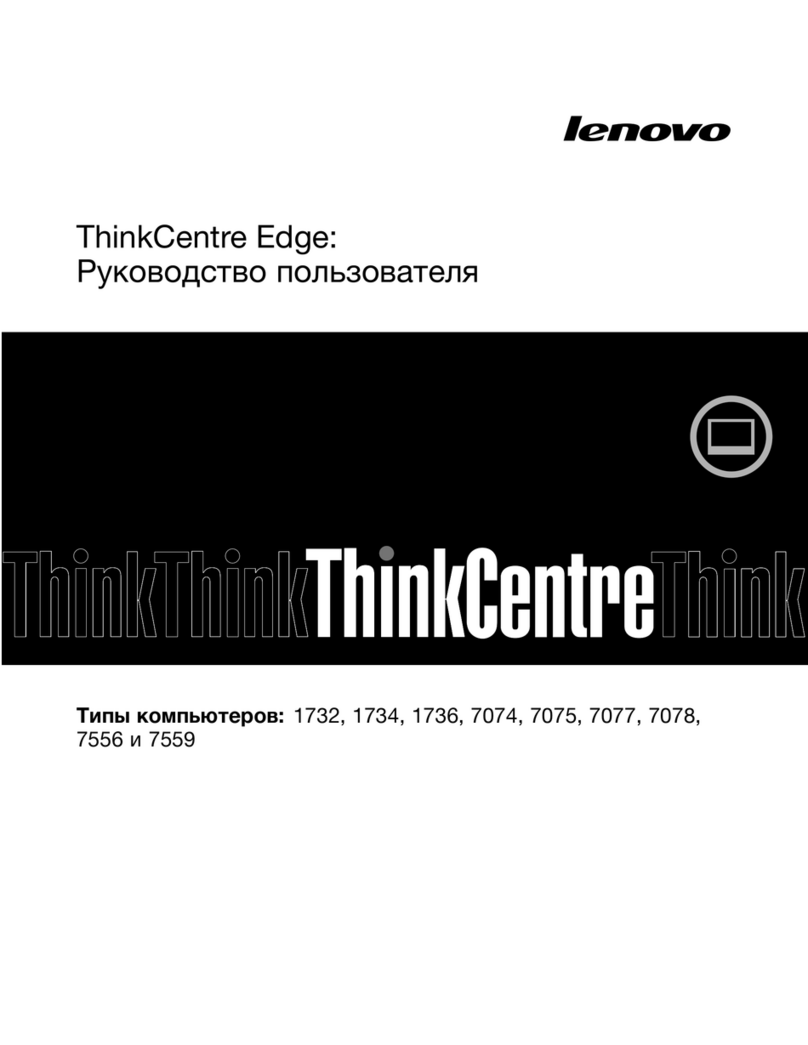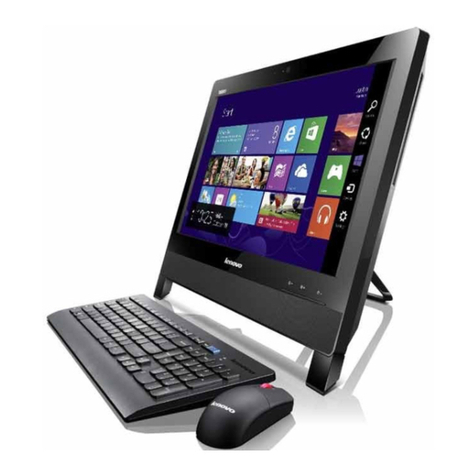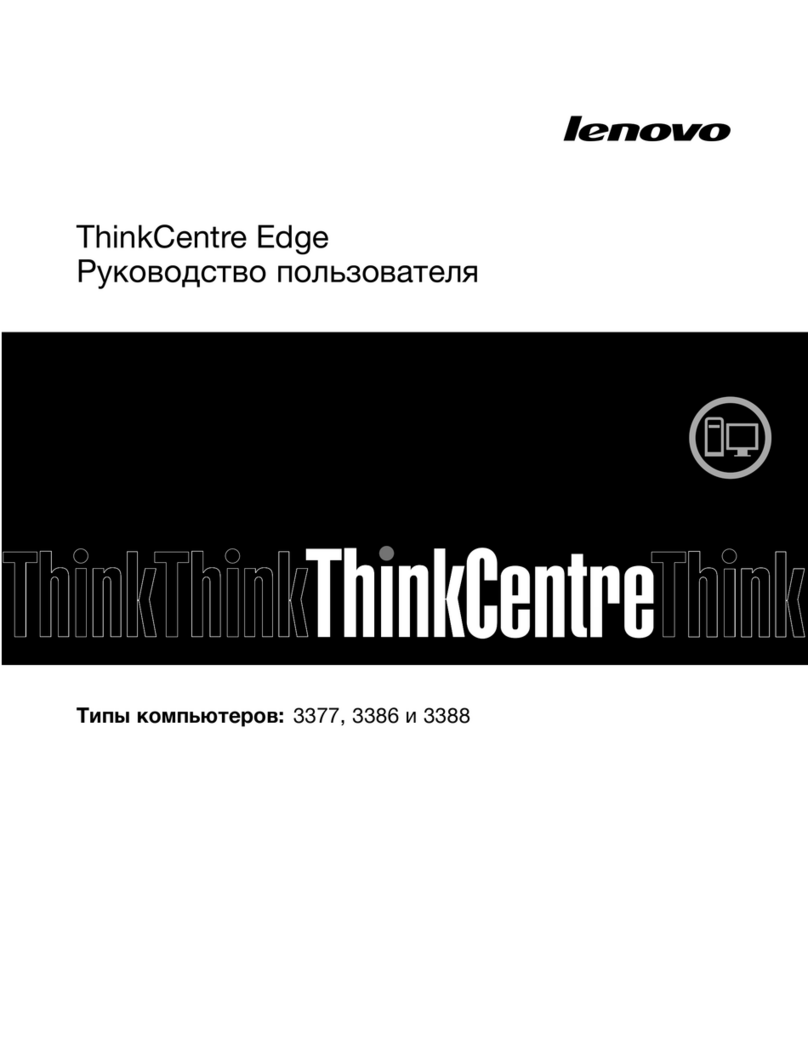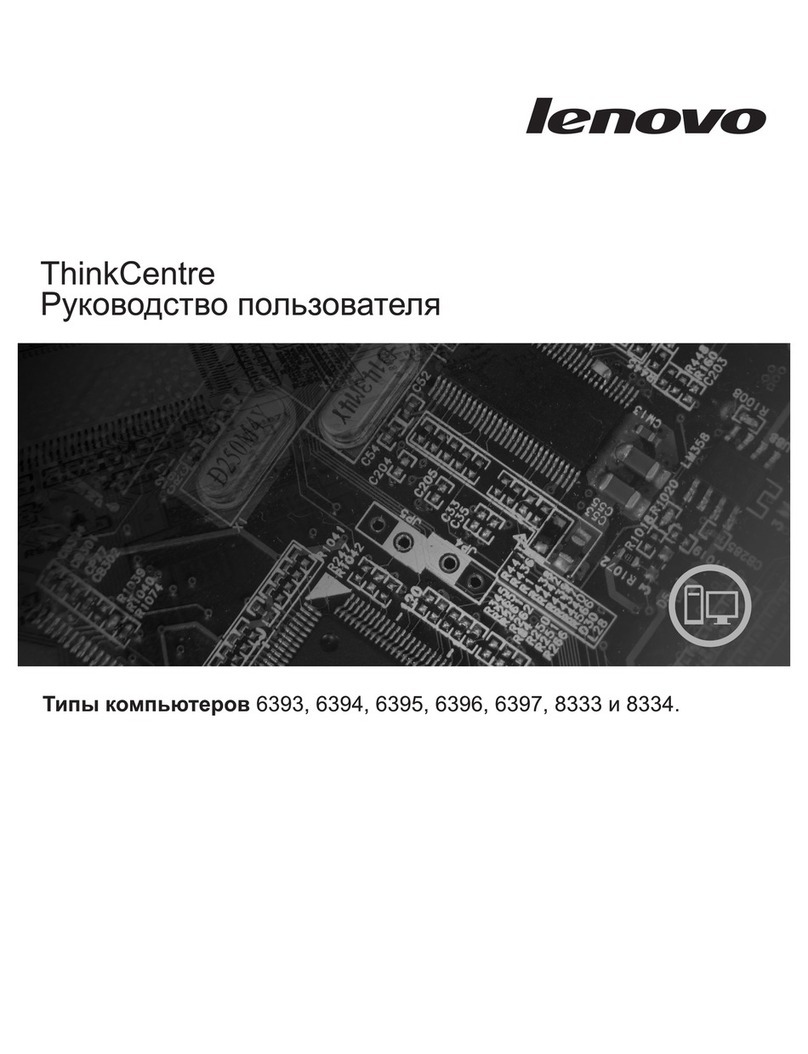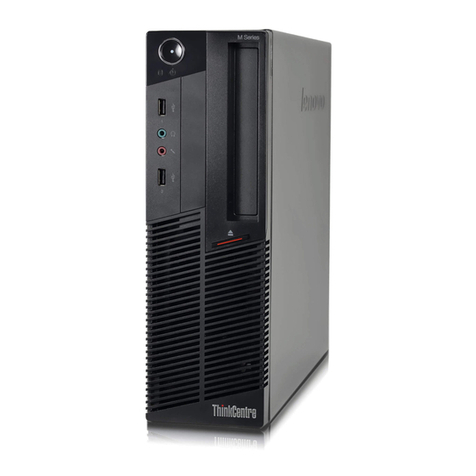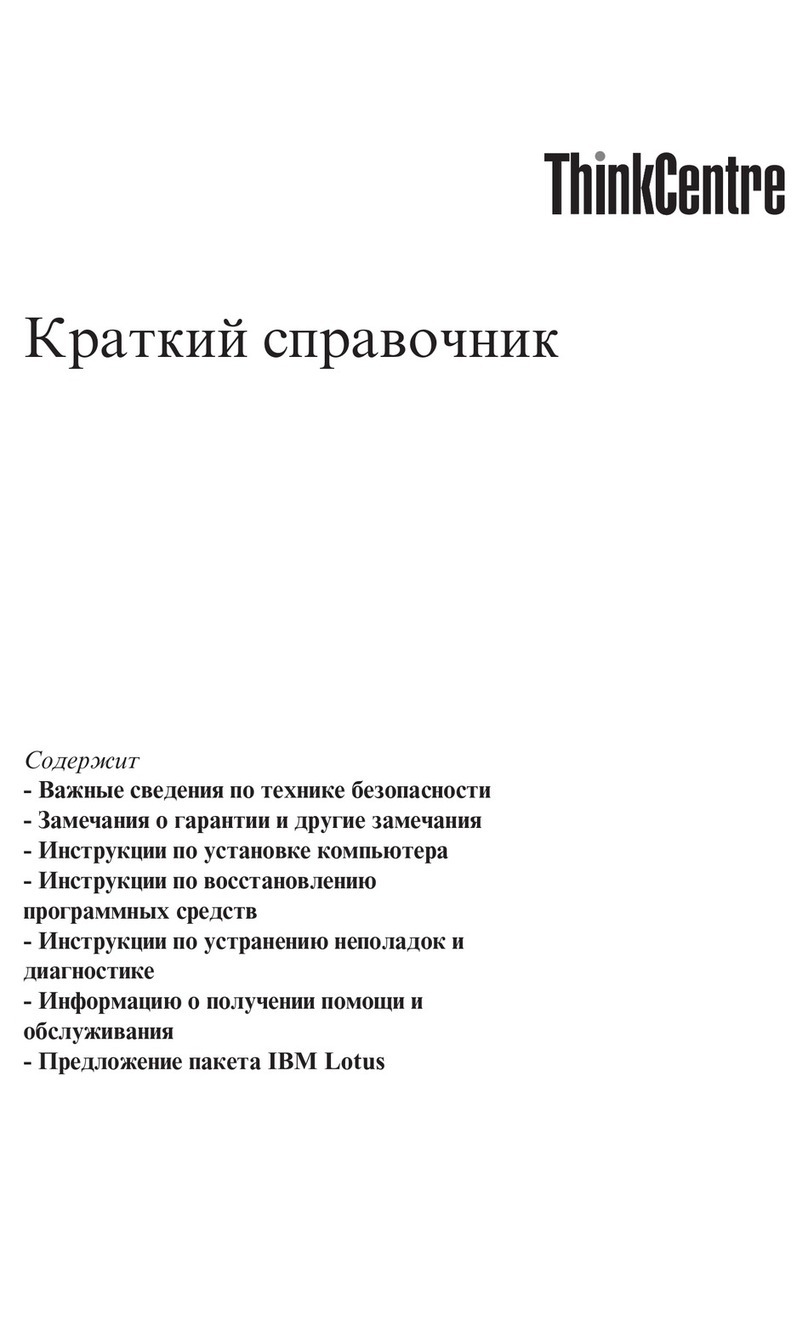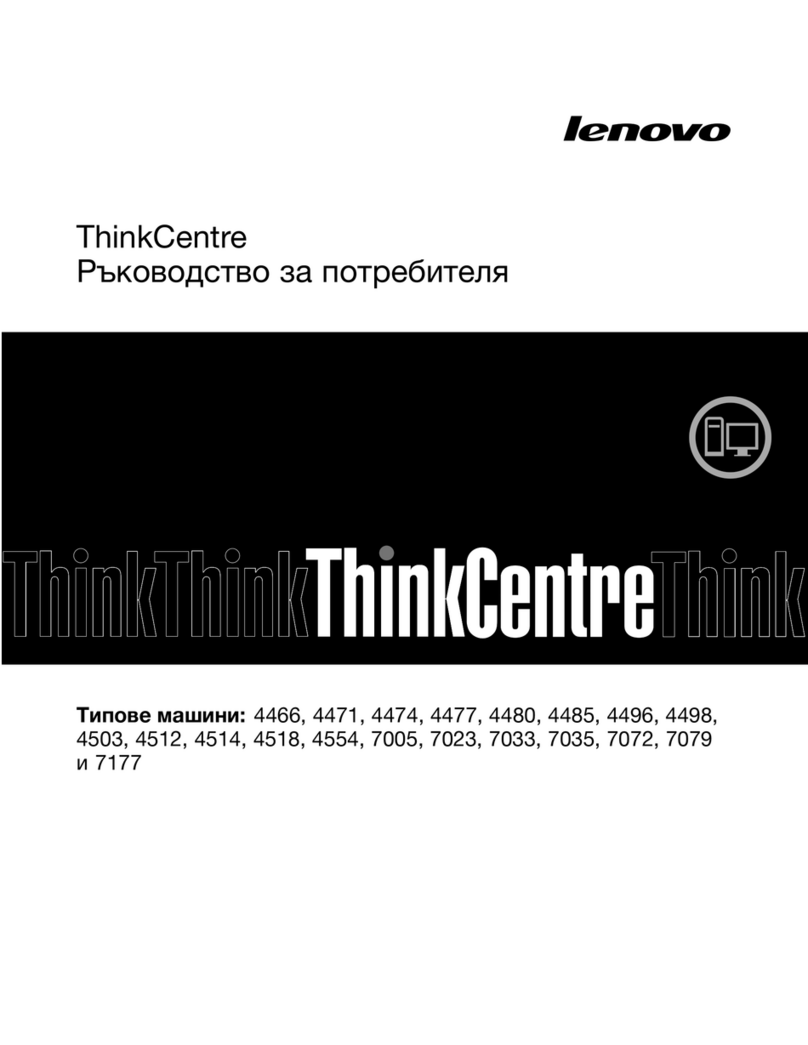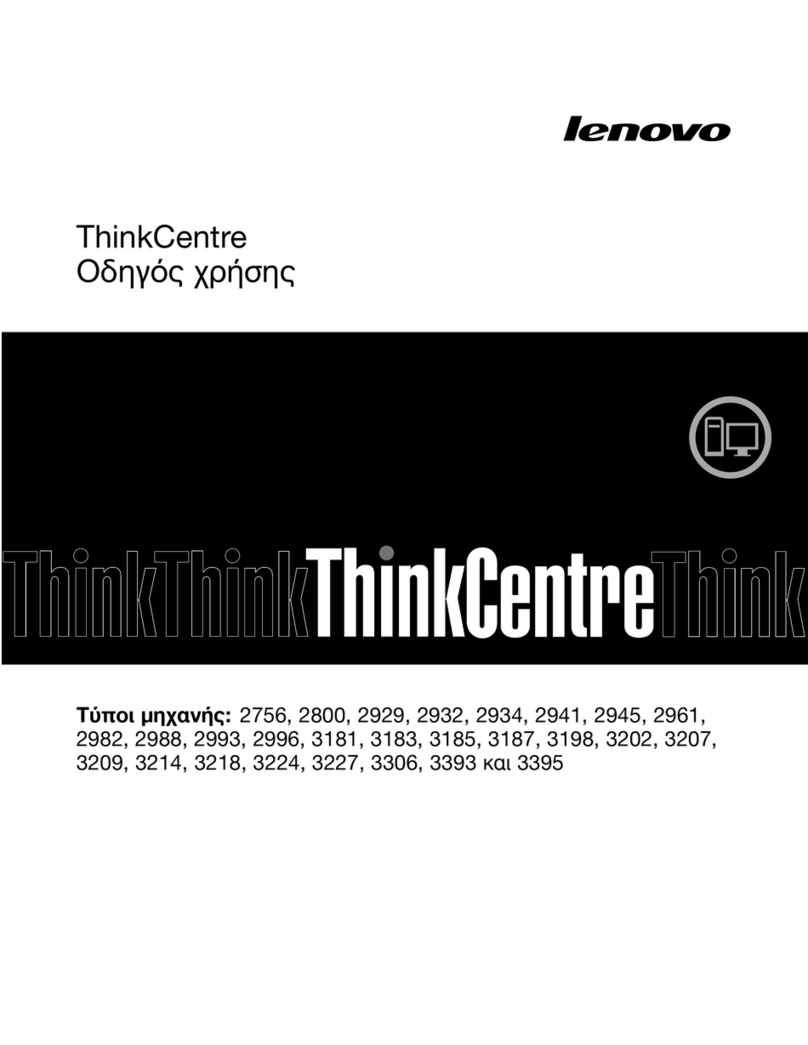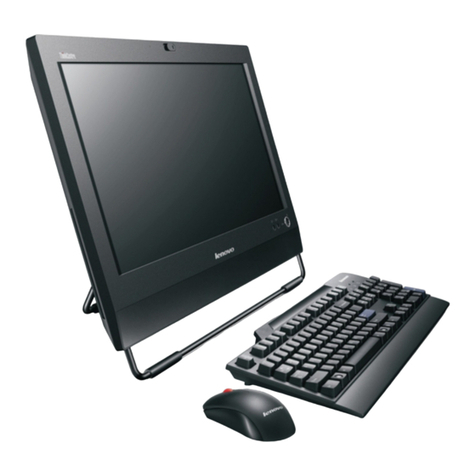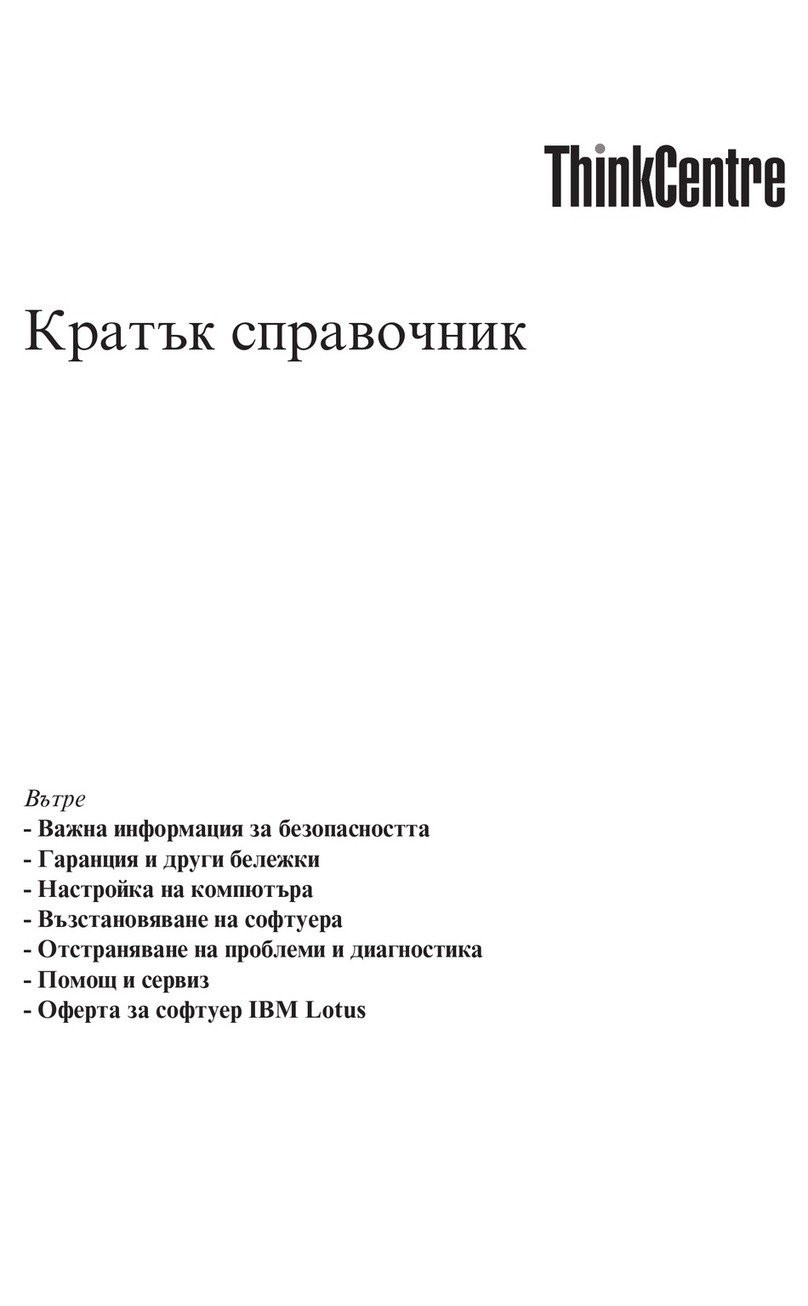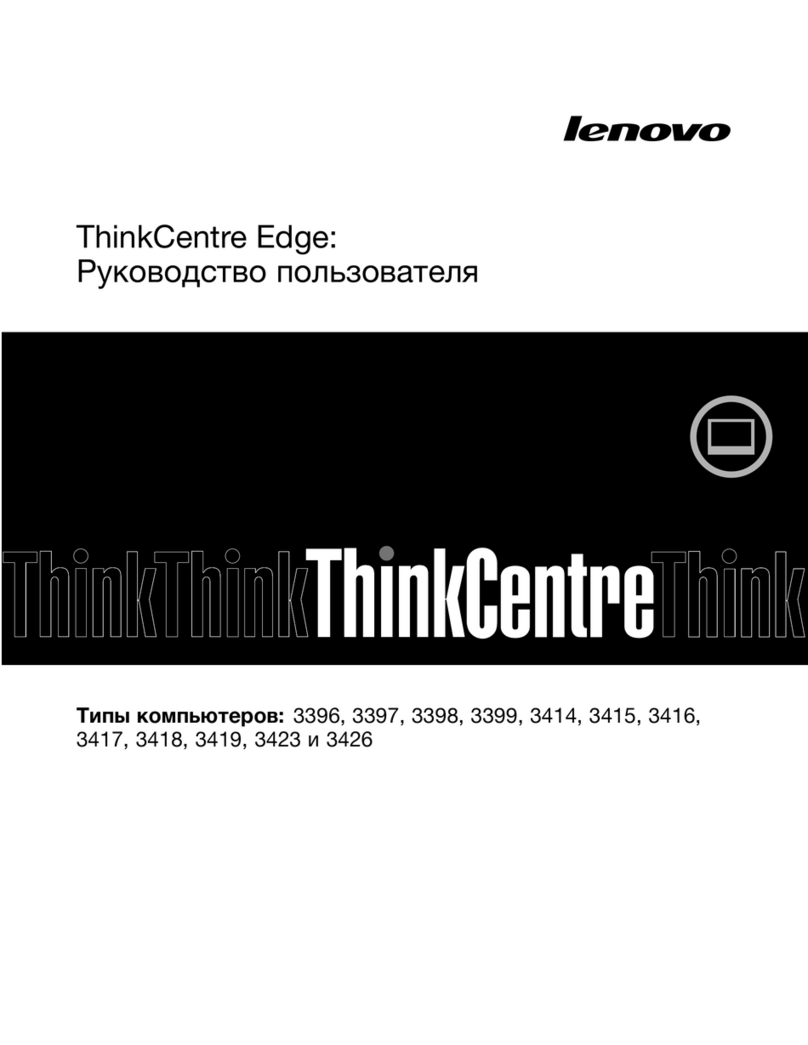
REVISION
This
publication
is
a revIsIon of the Xerox Real-Time Batch Monitor
(RBM)
System Management Reference
Manual for Xerox
530
and Sigma
2/3
Computers, Publication Number
90
30
36B (dated March 1974). This revision
incorporates
changes
that
reflect
version
GOO
of
the
RBM
system.
RELATED
PUBLICATIONS
Xerox 530 Computer/Reference Manual
Xerox Sigma 2 Computer/Reference ManuaI
Xerox Sigma 3
Computer/Reference
Manual
Xerox
Availability
Features/Reference
Manual (Xerox 530
and
Sigma
2/3)
Xerox Real-Time Batch Monitor (RBM)/RT
and
BP
Reference Manual
Xerox Real-Time Batch Monitor (RBM)/OPS Reference Manual
Xerox Reaf-Time Batch Monitor (RBM)/User's
Guide
Xerox Real-Time Batch Monitor (RBM)/System
Technical
Manual
Xerox Extended Symbol/LN,OPS Reference Manual
Xerox
Symbol/LN,OPS
Reference Manual
Xerox Basic FORTRAN
and
Basic FORTRAN
IV/LN
Reference Manual
Xerox Basic FORTRAN/OPS Reference Manual
Xerox Basic FORTRAN
IV/OPS
Reference Manual
Xerox FORTRAN/Library Technical Manual
Xerox ANS FORTRAN
IV/LN
Reference Manual
Xerox
ANS
FORTRAN IV/OPS Reference Manual
Xerox
Sort/Reference
Manual
Xerox Report Program
Generator
(RPG)/Reference Manual
Xerox ANS
COBOL/LN,OPS
Reference Manual
Publication
No.
90
19
60
900964
90 15 92
9030
54
901037
90
15
55
90 17 85
90
11
53
90
10
52
90
10
51
900967
90
10
61
90
15
25
90
10
36
90
18
06
90
18
07
90
17
87
90
18
41
9030
90
Manual
Content
Codes:
BP
-batch processing,
LN
-language,
OPS -
operations,
RP
-remote processing,
RT
-
real-time,
SM -system management,
TS
-
time-sharing,
UT
-
utilities.
The
specifications
of
the
software
system
described
in this
publication
are
subject
to
change
without
notice.
The
availability
or
performance
of
some
features
may
depend
on
a
specific
configuration
of
equ
ipment
such
as
additional
tape
units
or
larger
memory.
Customers
should
consult
their
Xerox
sales
representative
for
detai
Is.
ii
